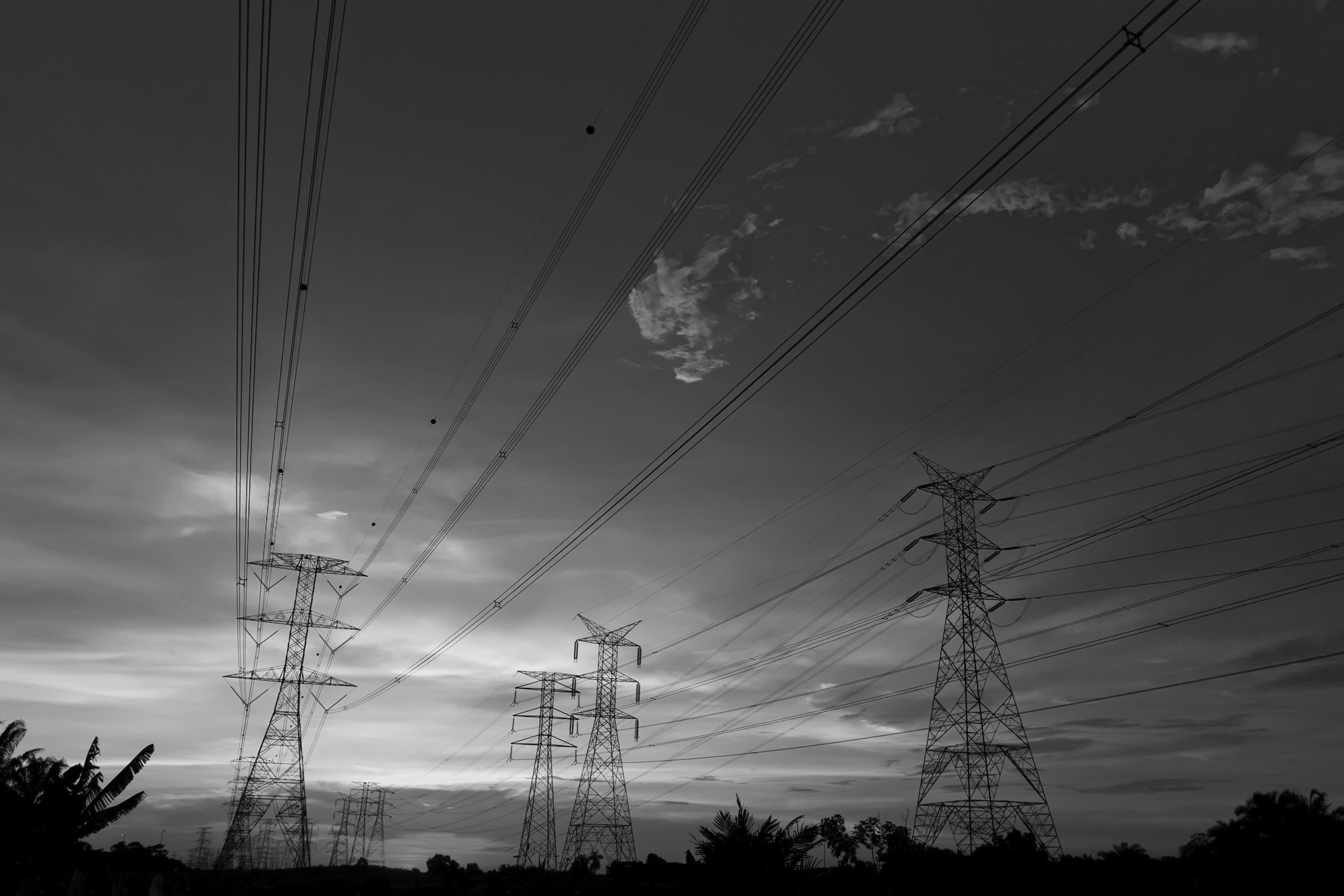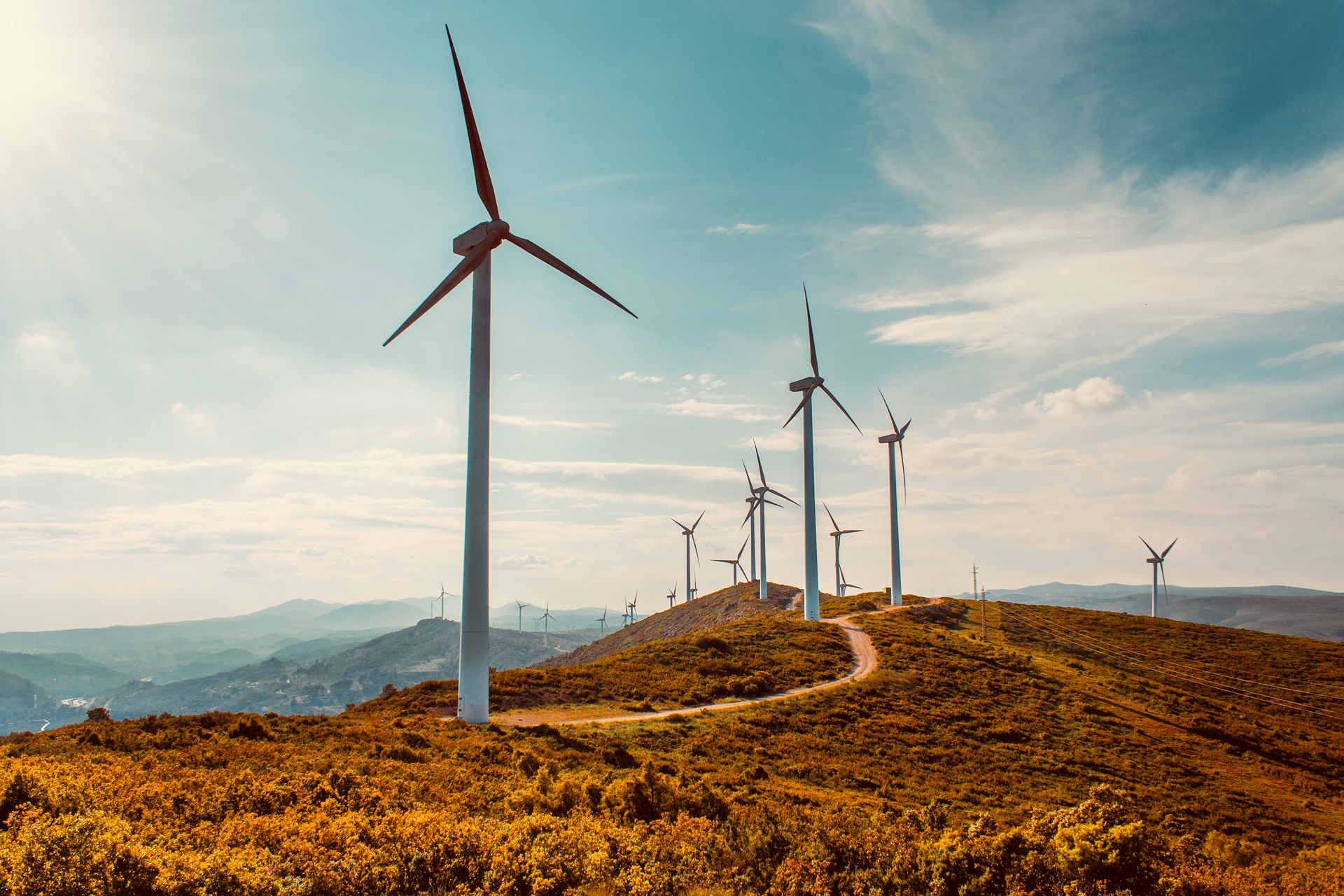In this guest post, Overhead Line Engineer at SSEN Transmission, Benjamin Brint, talks about the work of Scottish and Southern Electricity Networks (SSEN) in future-proofing the Scottish power network.
Getting to Net Zero
If the UK is to achieve its Net Zero targets, a large amount of renewable generation must be added to the existing generation mix. Much of the proposed generation, onshore and offshore, is situated in the North of Scotland due to the abundance of suitable locations of high wind and wave yield. This increased generation will create a new need for the transmission of large bulk power flows from the proposed generating capacity to the major demand locations in the south of the country.
The challenge
This generation portfolio is fundamentally mismatched to the existing UK transmission network, which is designed to transfer power from a small number of large power plants in relatively near proximity to existing load centres (areas of major demand). In northern Scotland, the transmission network is particularly sparse and acts as a pseudo distribution system managing power flows between small regional load centres, a single bulk gas-fired power station, and a geographically-dispersed hydroelectric capacity.

Currently it is proposed that an estimated additional capacity of 27 GW will need to be connected to the network by 2030 and 50GW by 2050. This increase in capacity will require significant build of new overhead lines, cables and substations as detailed in the Holistic Network Design published by National Grid ESO. The timescale to complete this build is overtly challenging when compared to the time required to physically reconfigure the existing network, as recognized by the UK Government in their Powering Up Britain Energy Security Plan. In the north of Scotland, this reconfiguration and upgrading of the transmission network rests with Scottish and Southern Energy Networks (SSEN).
Science as a solution
To meet this technical challenge, SSEN Transmission is actively pursuing innovative approaches to the design of these future networks. By the application of meteorological science to all aspects of the network design and subsequent asset management, wide-reaching challenges to existing industry practice and standards have been made.
For example, by using Met Office data and scientific consultancy, SSEN Transmission now have a more realistic and optimised approach (compared to the industry standard) to designing infrastructure to withstand risk from icing. This means they are able to target areas that pose the greatest risk with reinforced infrastructure rather than over-designing the network as a whole. This targeted approach reduces both build costs and associated carbon emissions of construction.
The electricity that can be transmitted through an overhead line conductor is currently governed by static line ratings. These ratings place a conservative limit on the power flow to ensure the temperature increase induced by the flow of electricity does not cause excessive sag of the conductor, thus avoiding potential danger to objects and vehicles beneath them. In order to design for a worst-case scenario static line rating, conservative weather data is used to calculate the environmental cooling of the conductor, effectively under-utilising the asset for the majority of the time. A dynamic line rating takes real-time and forecasted weather inputs to calculate the environmental cooling experienced by the conductor. By moving to this approach, a reduction in transmission constraint can be expected, which is particularly relevant in periods of high winds when wind energy production is at its highest output.
These science tools and engineering adaptations will avoid over-engineering the grid of tomorrow, allowing for more time and cost-effective delivery of the future grid the UK desperately needs to reach its Net Zero targets. This will be at the same time as ensuring the infrastructure is capable of withstanding the current and future environmental conditions it will have to endure over its life span.

This blog post relates to our April theme of climate change and infrastructure. Learn more on this topic by following #GetClimateReady on Twitter.


